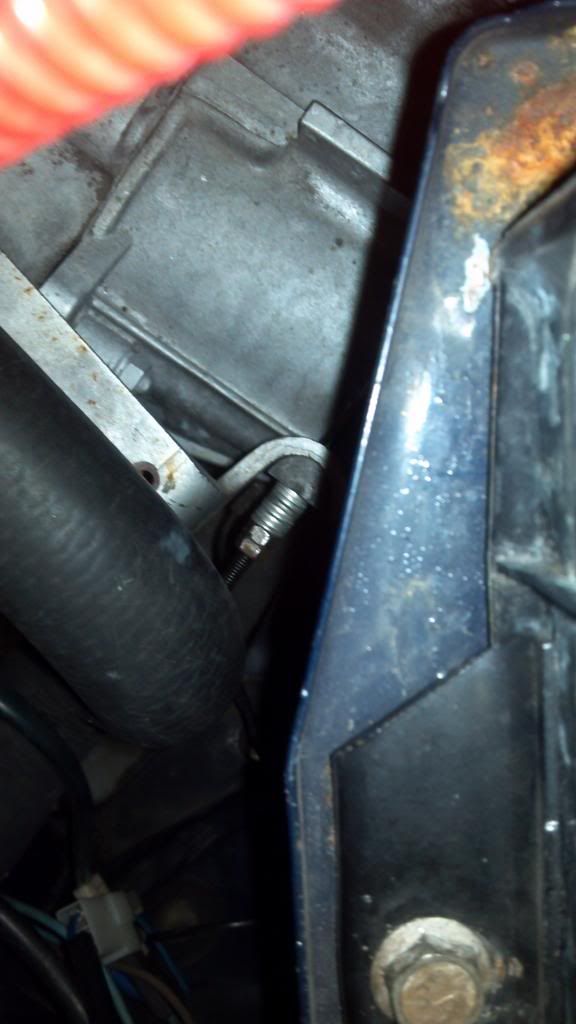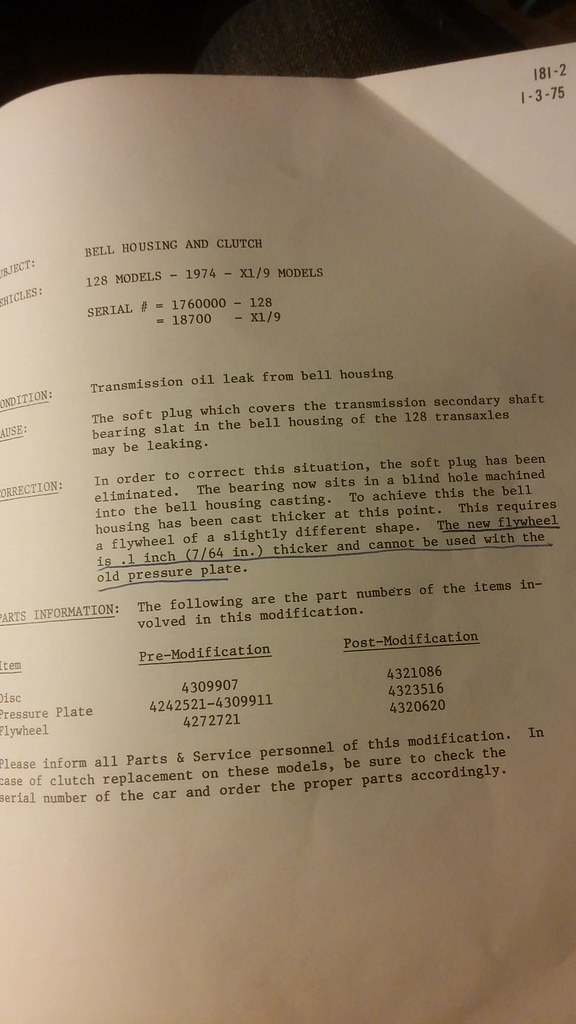New Info added - Clutch cable craziness
SplitPea (73 128 with 1.3l) has been really strange regarding clutch cables. The original one seemed OK but perhaps stretched so it needed a spacer to fine tune the adjustment. I bought a few new ones of the longer variety and installed one with just the single (perhaps 1/4" thick) spacer. I ran out of threads on the nut and the clutch would not engage so i added a plastic spacer between the round nut and the fork. The spacer did not seat into the fork like the rounded nut does so it wiggled back and forth causing the cable to fray and break.
Spoke to Chris Obert and learned there are shorter cables for 74 and later cars so ordered 2. Got them and tried to install one but they are way too short to fit between the firewall and the fixed bracket that the rubber grommet goes through. So the longer ones seem to be correct except they dont allow the clutch to engage even when the nut is maxed out. I added a bunch of nylon/rubber washers behing the rubber grommet and it seems to be working but what is going on? Any thoughts?
thanks
SplitPea (73 128 with 1.3l) has been really strange regarding clutch cables. The original one seemed OK but perhaps stretched so it needed a spacer to fine tune the adjustment. I bought a few new ones of the longer variety and installed one with just the single (perhaps 1/4" thick) spacer. I ran out of threads on the nut and the clutch would not engage so i added a plastic spacer between the round nut and the fork. The spacer did not seat into the fork like the rounded nut does so it wiggled back and forth causing the cable to fray and break.
Spoke to Chris Obert and learned there are shorter cables for 74 and later cars so ordered 2. Got them and tried to install one but they are way too short to fit between the firewall and the fixed bracket that the rubber grommet goes through. So the longer ones seem to be correct except they dont allow the clutch to engage even when the nut is maxed out. I added a bunch of nylon/rubber washers behing the rubber grommet and it seems to be working but what is going on? Any thoughts?
thanks
Last edited:


